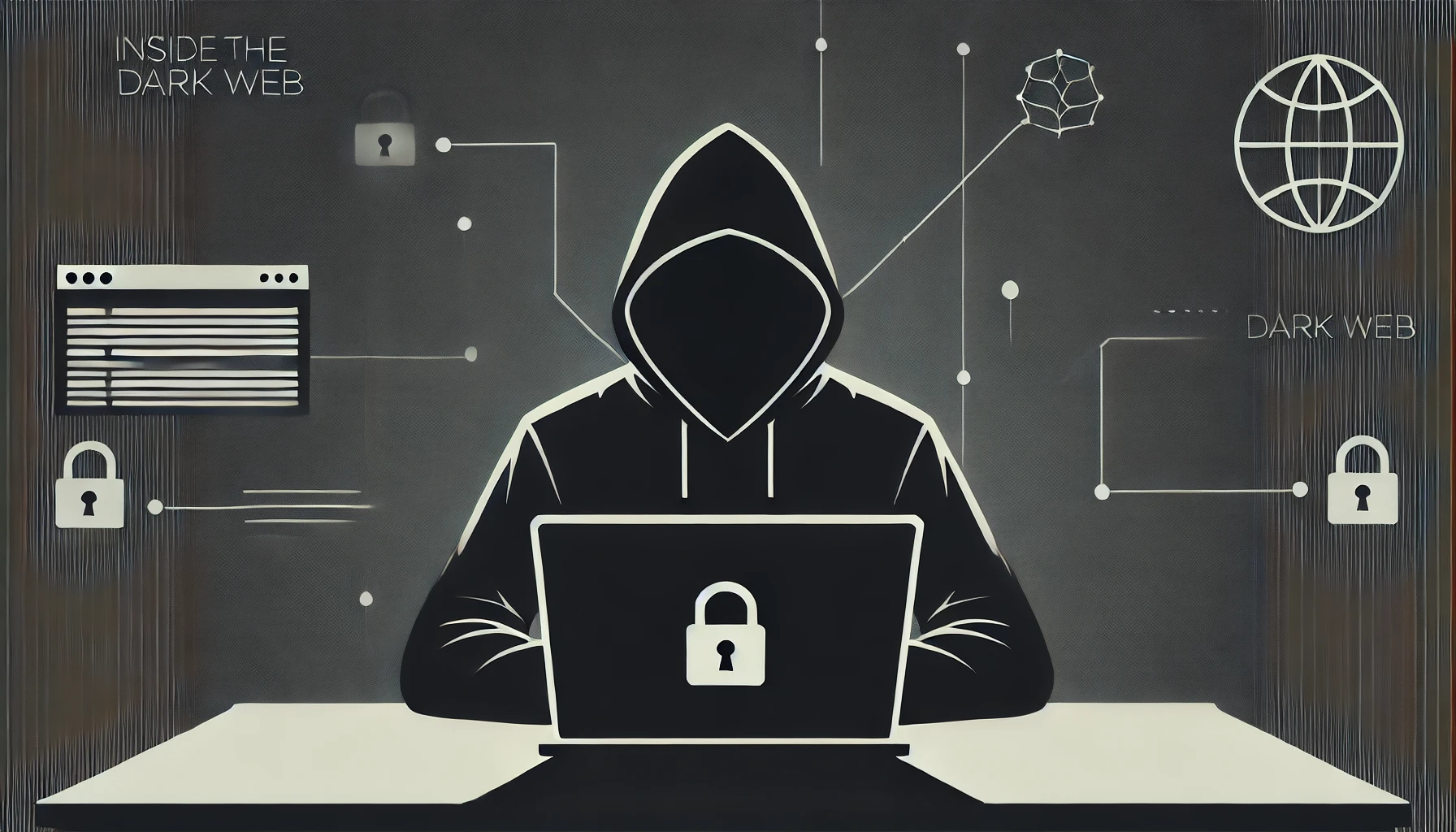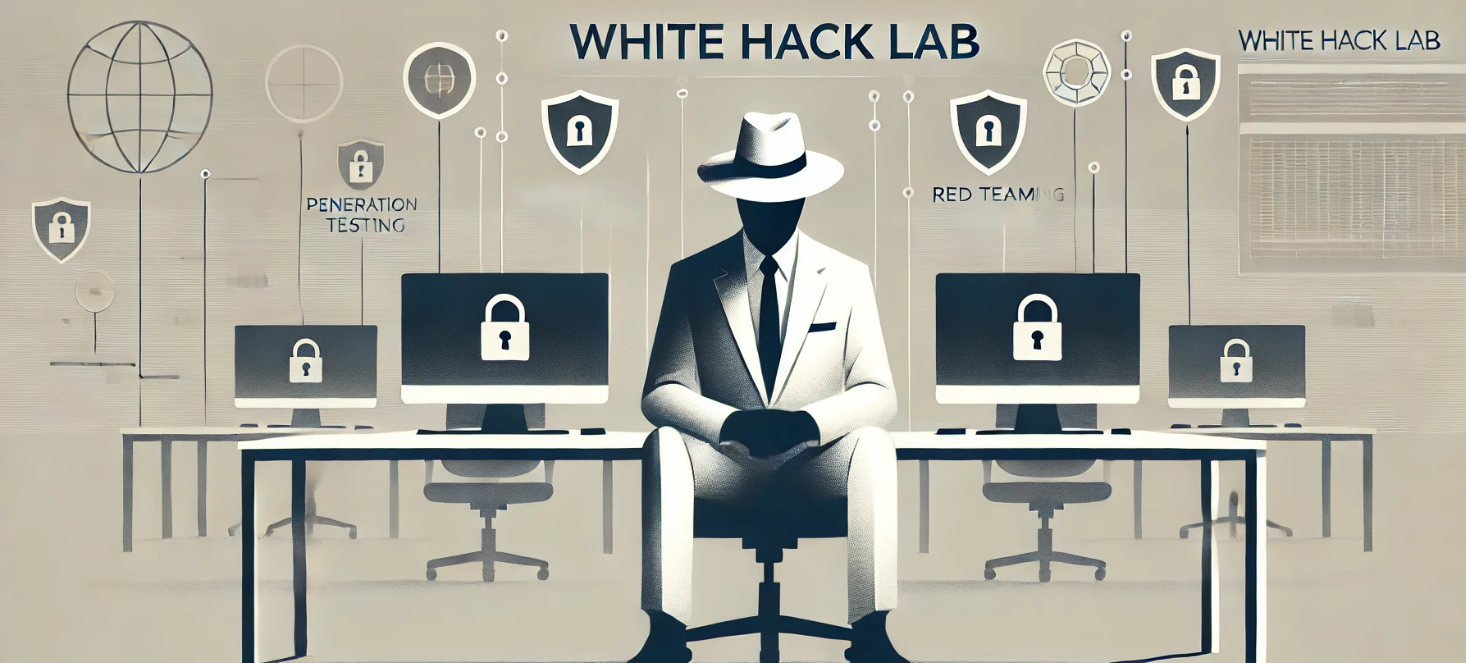White Hat vs Black Hat
"There are only two types of companies: those that have been hacked and those that will be hacked” states Robert Mueller, former Director of the FBI emphasizing on the evolving intricate domain of cyber-security . As modern technology relentlessly pushes the boundaries of innovation breaking new frontiers, every organization increasingly becomes a potential target for malicious hackers. This rapid advancement not only opens up new opportunities but also exposes vulnerabilities that cyber-criminals are eager to exploit. Maintaining robust security measures has evolved from being merely important to absolutely essential for operational integrity.
To understand this ongoing battle between malicious actors (black hats) and cyber-security professionals (white hats), Bruce Schneier, a renowned cryptographer and computer security professional, explains the distinction of these opposing driving forces in the realm of hacking . He suggests that on one hand, there is a less sophisticated hacker—often associated as a black hat, who focuses primarily on technical exploits. On the other hand, there are advanced cyber-security professionals (including white hat hackers), who possess an in-depth understanding of infrastructural practices. These professionals clearly recognize that human factors and social engineering are often the source exposing weakest links in security. The terms “white hat” and “black hat” are more than mere differentiation, as they represent the fundamental considerations of intent and purpose.
This article delves into this topic by establishing a clear distinction between ethical hacking—often referred to as "white hat intrusion" and "black hats”— individuals who violate laws or ethical standards for malicious purposes. By exploring these two categories, the article highlights how cyber-security professionals can navigate the fine line between legality and the greater good, emphasizing the importance of ethical considerations in protecting our digital infrastructure.
Inside the Dark Web: The Motivations, Methods, and Impact of Black Hat Hackers

In the threat landscape, notorious hackers continue to pose a significant threat to organizational security posture, driven by motives such as financial gain, personal gratification, and the desire to cause disruption. These attackers are motivated to exploit vulnerabilities to steal sensitive data, often for extortion or to inflict widespread damage. Greg McCord, CISO at Lightcast with over two decades of experience in the cyber-security domain, reflects on his experience observing the shifts in threat landscape over the years. He states that, black hat hacking in the past was more related to “big noticeable targets ” with exploits such as high-profile DDoS attacks focused on even “taking organizations or nation states down for minutes to hours”. He also notes that hacking today has evolved into a more "strategic, profit-driven approach, think of it as double extortion schemes” where attackers are more targeted and financially motivated on “catching the low hanging fruits".
Mr. McCord shares one such notable incident, which involved a physical intrusion: "There was a scenario where an attacker successfully gained physical access to buildings and was granted entry into the server room.”. In such cases, the attackers are known to use social engineering skills, to breach into facilities, and generally tend to install something on a server (such as ransomware or malware, or sometimes even steal sensitive data). He further explains that: ”Once that was executed, our sensors started going off and we immediately contained the one instance". Such cases extensively highlight the importance of comprehensive security measures which go beyond digital defenses. Greg , upon joining Lighcast, immediately applied a “cyber framework”, and built a sustainable program by collaborating with IT and Infosec teams. His key takeaway and approach when remediating such a scenario is that educating the organization and its members on “ why it is important to have security” is crucial. In this fast paced environment, where everyone is juggling priorities, it's crucial to clearly communicate the “why” when asking someone to take on a task they might not want to. By highlighting the importance of security, one can shift the focus to the bigger picture, much like how Greg and his team have successfully achieved.
Attackers and black hatters often exploit the path of least resistance, focusing on a specific intent rather than conducting extensive reconnaissance."My experience with black hat folks is they find a way in and while they may pivot, they are going down the path of least resistance and least noise. That doesn't just mean that they need a full inventory of your assets or resources, sometimes it’s focused on just what they need”. He further explains that even with an extensive internal penetration test simulations, that broadly covers the majority of vulnerabilities, by continuously scanning one’s infrastructure, API’s and its endpoints, website security certifications etc, there are still gaps in the thought process from an attacker point of view.
Even with sophisticated technologies, it’s crucial to consider an organization’s limitations, as they are not always focused on thinking like a hacker or a black hat hacker, who knows exactly “what they want to go after”. By emphasizing on security, there are cases when organizations have to build a product or infrastructure that are resilient to vulnerabilities and tend to test their security by engaging with black hat hackers. It’s extremely important that if you are considering engaging with a black hat hacker, ensure that “legal is involved from the get go” to establish liability as essentially, you shall be giving someone the “green light to attack you". Greg states that “You clearly need to define what should and should not be attacked aggressively or passively, as it could take down your production environments, if there were potential exploits”, emphasizing about the rigid and concise boundaries required to be set, when considering to conduct such an intensive security measure.
Guardians of Cyber-security—White Hat: Impact and need for White Hat Hackers

While we are observing our digital landscape transform exponentially, a focal point of discussion surrounds on how to protect oneself, what are the moral boundaries that define the actions of those tasked with safeguarding against cyber threats, and what are the impacts they create.
Who are they?
White hat hackers, also known as ethical hackers, are cyber-security professionals who use their hacking skills to improve the security of organizations. Unlike their black hat counterparts who seek to exploit vulnerabilities for personal gain, white hat hackers are authorized to test and probe systems, networks, and applications for weaknesses. Their primary goal is to identify vulnerabilities before malicious hackers can, allowing organizations to fix issues proactively. These ethical hackers often work for security firms, government agencies, or directly within companies to conduct penetration testing, vulnerability assessments, and security audits. In essence, they serve as the guardians of the digital world, keeping critical infrastructure safe from cyber-attacks.
Why do we need them?
The rapid evolution of cyber threats and the increasing reliance on technology make white hat hackers indispensable. Organizations cannot rely solely on their defenses, as cyber-attacks are often a matter of "when," not "if." White hat hackers not only shore up defenses but also ensure organizations are prepared for incidents by implementing incident response plans and procedures. They help identify potential vulnerabilities before they can be exploited, ensuring compliance with regulations and minimizing the risk of significant breaches or data theft. These investigators keeps organizations in a secure position, by improving credibility and trust. An additional advantage is that, investigations findings through these vendors, along with an internal security effort, can ensure appropriate remedial training measures to be created, ensuring all employees are on the same page, with security in their mind.
Thinking more on these lines of the "why" shall make you ponder about some questions such as “What if fast-paced businesses, focused only on delivering new products, skipping on preventive testing by third-party experts, to save costs by thousands of dollars? ”, “Have you ever considered what might happen if these companies failed to patch all their vulnerabilities?” , “Is there concrete evidence that black hat hackers would exploit these gaps? or Is there any specific evidence that says-if you didn't do pentests, you would get hacked?”.
Greg answers these questions by drawing from his broad experiences: It is important to show the leadership and staff a holistic overview through historical data with scenarios to emphasize on the gravity of taking necessary security measures. By giving examples of wide range of scenarios on organizations that did not proactively invest in security initiatives and projects, one can prepare themselves on taking the next step towards an offensive security approach. Even though most people may not fully understand the intricacies of CVEs, CVSS scores, or version-specific vulnerabilities, yet it’s still crucial to educate and take preventive measures. Because ultimately, everyone across all levels of leadership, shall be held responsible and without the necessary “cyber insurance" in place, it becomes highly likely that a breach will occur, “if and when” these circumstances align. To further explain in simple terms, he shares a personal analogy, saying, “It’s like checking doorknobs to see if the door is locked. Does it open?”.
These reflections serve to highlight on how findings would be examined. If a threat is found, it’s like someone opening the door and looking inside. So the thought of “what’s in the room?on the desk, or even under the bed quickly arises. If it’s locked, do the attackers move on to the next target?”, “How many more such doors do we even have? How many IP addresses and endpoints are now exposed? Each of these vulnerabilities can be seen as a door, and the way forward is to engage with ethically driven third-party providers, like white hat hackers, who focus on performing the necessary due-diligence, ensuring that preventive counter actions are continuously being taken in each step, before a real threat is imminent. “The fun part is that, if the door is indeed locked, then how did they get through the locked door ".
Conclusion: White hat hackers, and companies like White Hack Labs, are essential in protecting businesses from the ever-present threat of cyber-attacks. They serve as a proactive line of defense, identifying vulnerabilities, enforcing security protocols, and ensuring organizations are prepared for incidents. In an era where cyber threats are constant, ethical hackers provide the peace of mind that comes from knowing vulnerabilities are identified and addressed before they can be exploited. Their work helps organizations avoid costly breaches and maintain the trust of customers and stakeholders alike.

